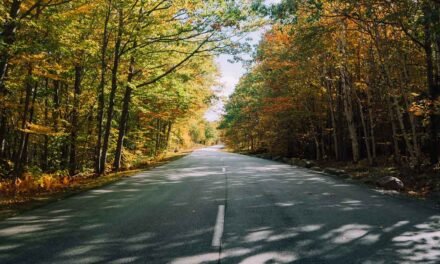Yellowstone National Park, a stunning showcase of natural beauty, geothermal wonders, and diverse wildlife, is a top destination for travelers from around the world. When planning a visit, one crucial question comes to mind: What is the best season to visit Yellowstone? Each season offers unique experiences, from wildlife spectacles and blooming wildflowers to snow-covered landscapes. In this blog, we’ll explore the various aspects of each season, including visitor numbers, weather, wildlife, and vegetation, to help you determine the best time for your visit to Yellowstone.
Spring: A Time of Rebirth and Renewal
Spring (April to June) in Yellowstone is a season of rejuvenation, as the park’s flora and fauna awaken from their winter slumber. This season has its own charm, with fewer crowds, abundant wildlife, and a gradually greening landscape.
Visitor Numbers
Spring sees relatively low visitor numbers compared to the summer months, with April and May being the least crowded. Visitor numbers begin to increase in June as the weather warms and more park facilities open.
Weather
Spring weather in Yellowstone can be unpredictable, with a mix of rain, snow, and sunshine. Temperatures range from 30°F to 60°F, with nights still dropping below freezing. Snow can persist at higher elevations, and some park roads and facilities may remain closed due to lingering snowpack.
Wildlife
Spring is an excellent time for wildlife watching, as bears emerge from hibernation, and many species give birth to their young. Bison, elk, and deer can be seen with their newborns, and migratory birds begin to return to the park. Wolves and other predators are also more active, taking advantage of the abundance of prey.
Flora
As the snow melts, wildflowers begin to bloom, adding splashes of color to the landscape. Trees and grasses start to green up, and the park’s vegetation comes back to life, providing a fresh and vibrant backdrop for your visit.
Summer: The Height of Activity and Exploration
Summer (June to September) is the most popular time to visit Yellowstone, with warm temperatures, long days, and all park facilities open. This season offers the best opportunity to explore the park’s diverse landscapes, geothermal features, and hiking trails.
Visitor Numbers
Summer is the peak season for visitation at Yellowstone, with July and August being the busiest months. Expect crowded roads, parking lots, and popular attractions during this time. If you prefer a quieter experience, consider visiting in late May, early June, or September.
Weather
Summer temperatures in Yellowstone range from 50°F to 80°F, with cool nights that can drop to the 40s. Afternoon thunderstorms are common, so be prepared with rain gear and take proper precautions if you’re outdoors.
Wildlife
Wildlife viewing is excellent in the summer, with animals active throughout the park. Bison, elk, moose, and deer can be seen grazing in meadows, while bears forage for food in preparation for winter. Birdwatchers will enjoy spotting the park’s diverse bird species, including raptors, songbirds, and waterfowl.
Flora
Summer is the prime time for wildflowers, with more than 200 species blooming throughout the park. You can find fields of lupine, Indian paintbrush, and various species of asters, adding vibrant colors to the landscape. As summer progresses, trees and grasses reach their peak of lush greenery, providing picturesque views and excellent photo opportunities.
Fall: A Season of Transition and Vibrant Colors
Fall (September to November) in Yellowstone is a time of transition, as the park’s landscapes and wildlife prepare for the upcoming winter. This season offers cooler temperatures, fewer crowds, and a stunning display of autumn colors.
Visitor Numbers
Visitor numbers drop significantly in the fall, with September being a popular month for those seeking a quieter, more relaxed experience. October and November see even fewer visitors, as the weather becomes more unpredictable and some park facilities begin to close for the season.
Weather
Fall temperatures in Yellowstone can vary widely, ranging from 30°F to 70°F. Nights can be quite chilly, and snowfall is possible, especially at higher elevations. As the season progresses, the likelihood of snow and road closures increases, so it’s essential to keep an eye on the weather and plan accordingly.
Wildlife
Fall is an excellent time for wildlife watching, as animals prepare for winter. The elk rut, or mating season, takes place in September and October, with males bugling and engaging in battles for dominance. Bears are also more active during this time, as they search for food to fatten up before hibernation. Fall also marks the beginning of the migration season for birds, with many species heading south for the winter.
Flora
Yellowstone’s deciduous trees, such as aspen, cottonwood, and willow, put on a dazzling display of autumn colors in September and October. Hiking trails and scenic drives through the park offer excellent opportunities to witness this seasonal spectacle.
Winter: A Wonderland of Snow and Solitude
Winter (December to March) in Yellowstone is a magical time, as the park is transformed into a snow-covered wonderland. This season offers a unique and serene experience, with opportunities for winter recreation and wildlife watching.
Visitor Numbers
Winter is the least visited season in Yellowstone, providing a peaceful and quiet experience. Most park roads are closed to regular vehicles, and access is limited to snowcoaches, snowmobiles, or cross-country skiing and snowshoeing.
Weather
Winter temperatures in Yellowstone can range from -20°F to 30°F, with significant snowfall and extreme cold at higher elevations. Proper clothing and gear are essential for a safe and enjoyable visit during this season.
Wildlife
Despite the cold and snowy conditions, winter is an excellent time for wildlife watching in Yellowstone. Bison, elk, and other ungulates can be seen foraging for food in the snow, while wolves and other predators take advantage of the challenging conditions to hunt. Many bird species, including bald eagles and trumpeter swans, can also be spotted during the winter months.
Flora
While the park’s flora is dormant during the winter, the snow-covered landscapes provide a serene and picturesque backdrop for your visit. Trees coated in snow and ice create a winter wonderland that is both tranquil and awe-inspiring.
Conclusion
Ultimately, the best season to visit Yellowstone National Park depends on your preferences and interests. Each season offers unique experiences, wildlife encounters, and scenic beauty. Consider the following when choosing the ideal time for your visit:
- Spring: Ideal for wildlife watching, fewer crowds, and witnessing the park’s rejuvenation.
- Summer: Perfect for exploring the park’s diverse landscapes, geothermal features, and hiking trails, but expect larger crowds.
- Fall: A great time to experience fewer crowds, cooler temperatures, and the park’s stunning display of autumn colors.
- Winter: Offers a serene and magical experience, with opportunities for winter recreation and a unique perspective on the park’s wildlife.
Regardless of the season you choose, a visit to Yellowstone National Park is sure to be an unforgettable experience. By understanding the unique characteristics of each season, you can plan the perfect trip that aligns with your interests and maximizes your enjoyment of this incredible natural wonder.


